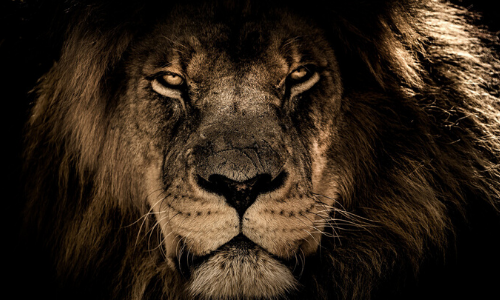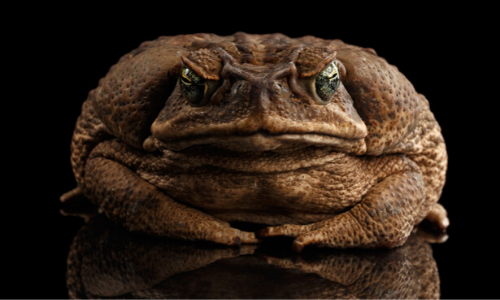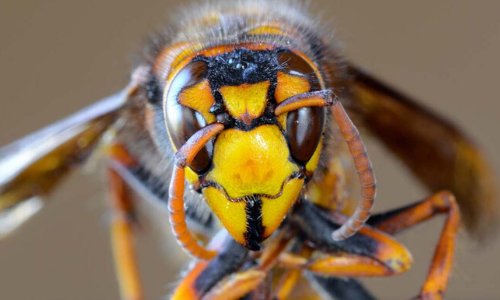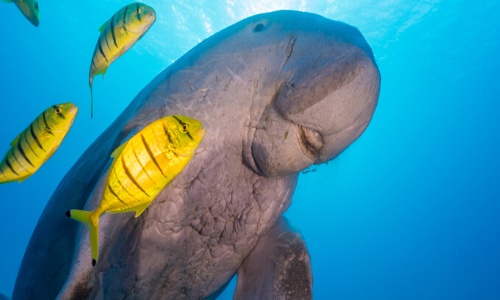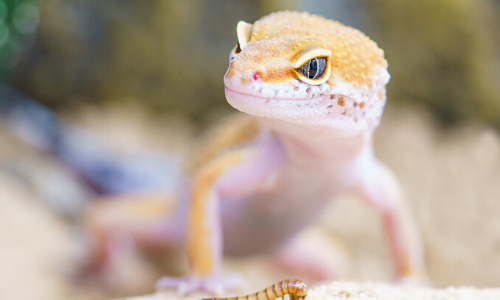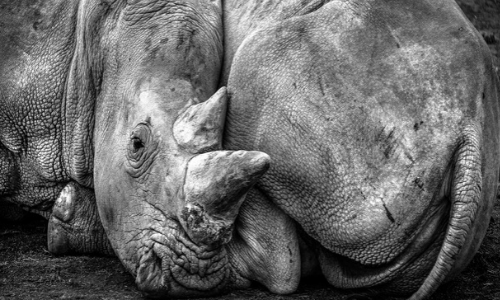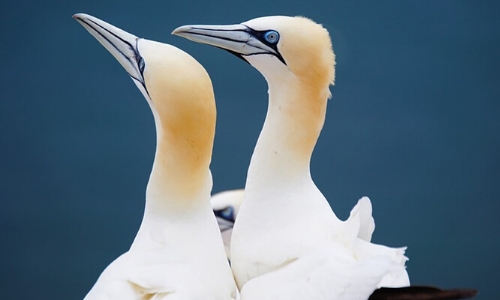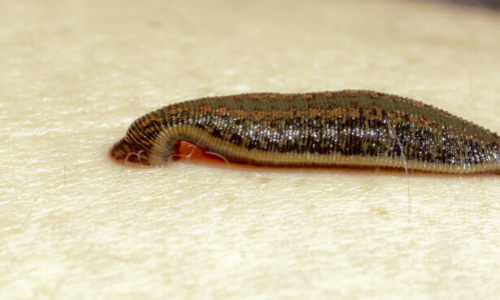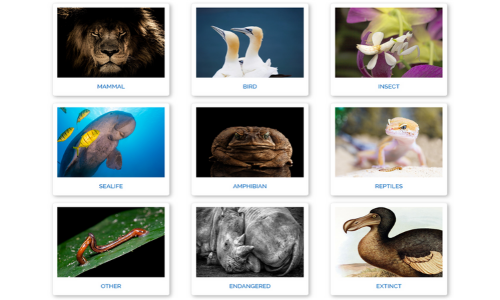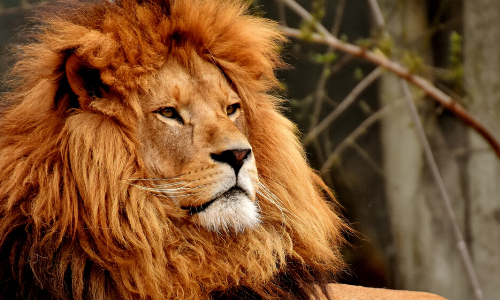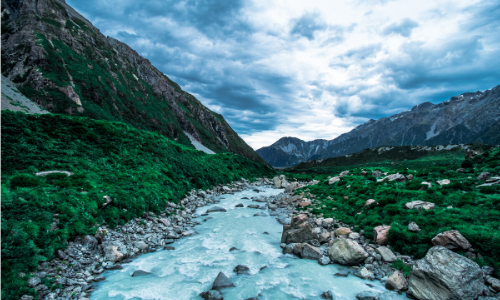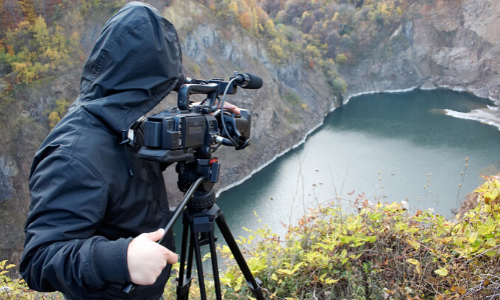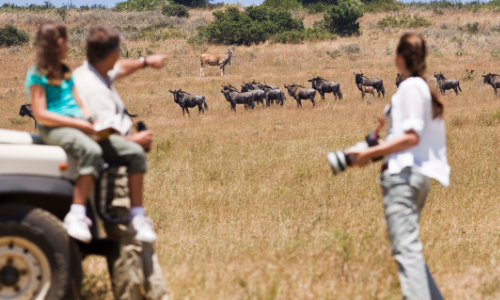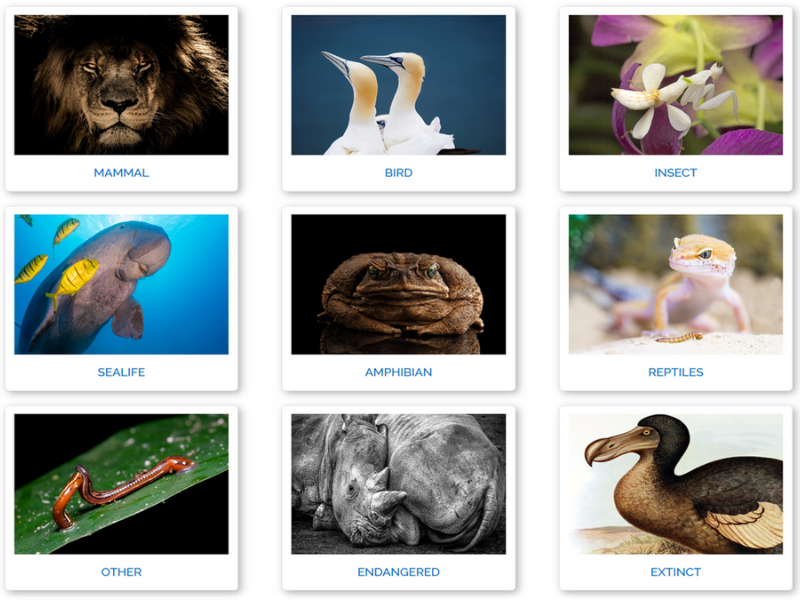
Grey Seal
The grey seal’s scientific name relates to its facial features of a horse-looking hooked nose and is literally translated to “hook-nosed sea pig”.

Canadian Lynx
Canadian Lynx have long, dense, tan/grey fur to help them camouflage in their snowy environment. The species thrives in cold dense forests.

Freshwater Snails Are the Ecological Holy Grail
Throughout North America’s freshwater systems are over six hundred species of snails. They are found in every habitat from the coldest rivers north to the hottest marshes south. Currently, North America is home to the highest diversity of these critters.

Common Carp
Common carp are an important fish for aquaculture economics and have even been recorded to be farmed fish in Roman times.

Humpback Whale
The pattern on a humpback whale’s fluke is as unique as a human fingerprint and can be used to identify the particular whale.

Persian Leopard
The Persian Leopard is the largest of the leopard species. They measure about 2 to 6 feet lengthwise and weigh anywhere from 60 to 200 pounds!

Greenland Shark
Using radiocarbon dating, scientists found a female Greenland shark that is estimated to be over 400 years old!

Jaguar
Jaguars are an obligate carnivore species, meaning they rely solely on meat to get their nutrients.

Hawaiian Monk Seal
The Hawaiian monk seal’s name in Hawaiian is “ilio-holo-i-ka-uaua”, which means “dog running in rough water”.

Brown-headed Cowbird
The brown-headed cowbird is known to lay eggs in over 140 different species’ nests, ranging from small kinglet birds to large meadowlarks.

